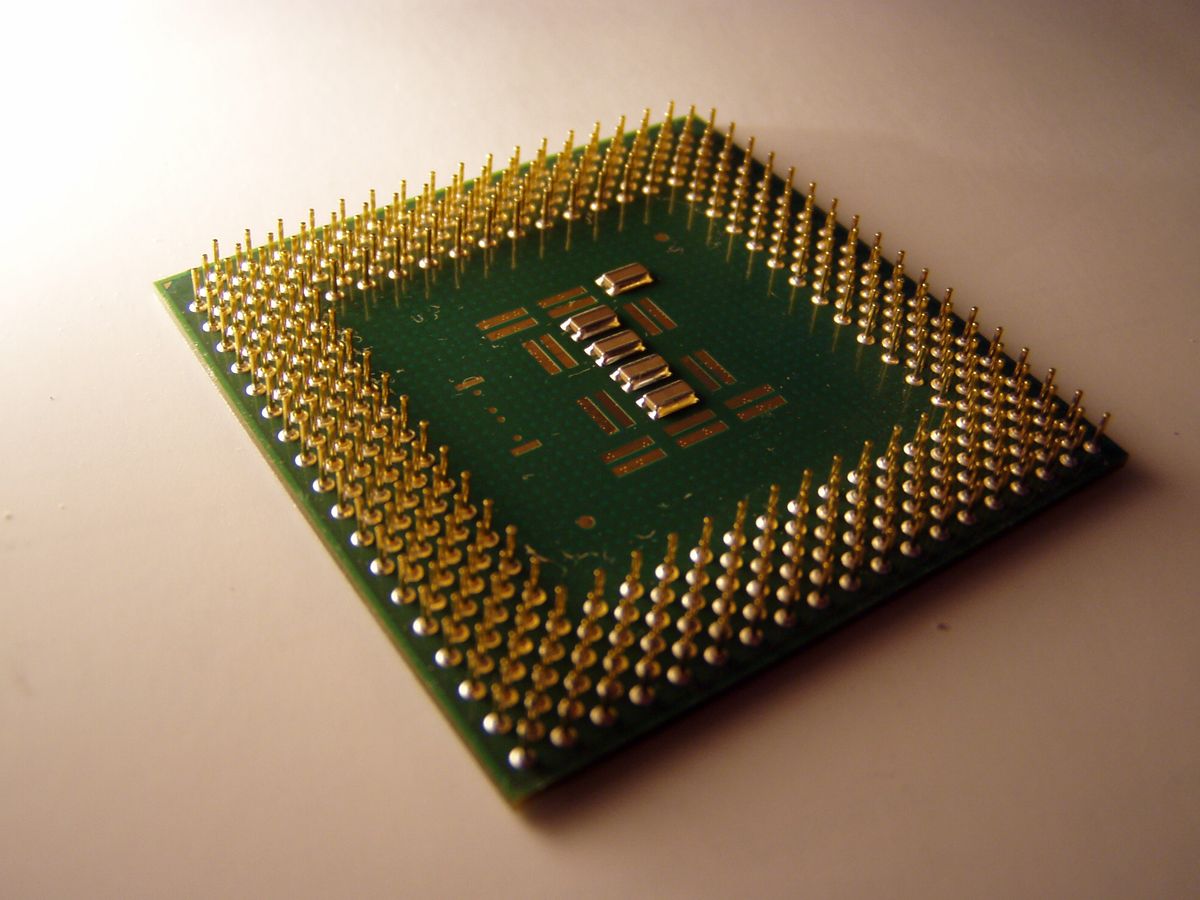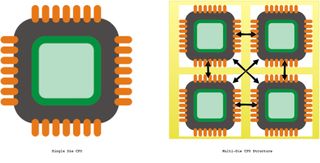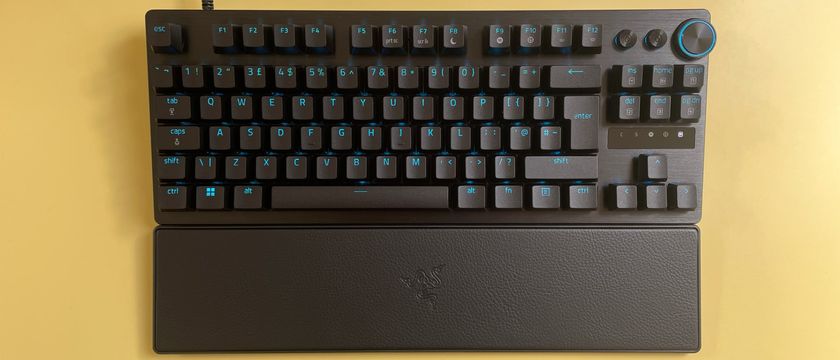Intel disses and then copies AMD's multi-die CPU idea

It seems that Intel's competitive spirit has finally sprung back into life now that AMD's Ryzen (consumer) and Epyc (server) CPUs have hit the market. Reviewers are praising the performance, the low power consumption, lower cost, and the extra cores offered by AMD's new lineup. Some of those reviewers have also thrown some shade at Intel, wondering why they couldn't have done these same improvements in the same time frame since AMD's top-of-the-line Threadripper CPU demolishes Intel at a lower cost.
After trashing AMD's Ryzen multi-die CPU design, Intel ironically discussed the idea of creating a similar CPU. Intel's initial response was to ridicule the AMD Ryzen and Epyc designs as being a bunch of CPU dies "glued" together. Thankfully, Intel has seen at least some benefit in a multi-die configuration and has started to discuss the merits of such a design.
What is a single-die CPU?
When fabricating CPUs, a large silicon wafer is used onto which a number of individual CPU are created and subsequently cut out from the wafer and then end up as a single-die CPU. Typically, a CPU will have all of it's technology on that single die, which will include all of the extra cores, graphics, caches, etc.
All of the technology is in a tightly packed space. This allows for very fast communication between all of the components, which is essential for good performance. In order for CPU manufacturers to increase the performance of these single-die CPUs, companies will try to shrink the size of the manufacturing of the CPU so that they can increase the number of transistors, cores, and other technologies.
It also reduces the number of defective CPUs created since a silicon wafer has microscopic defects. The smaller the CPU, the less of a chance you get in creating a chip on one of those defective silicon parts.
However, there is a limit to how small a CPU can be manufactured before hitting a wall in performance bumps.
What is a multi-die CPU?
A multi-die CPU is simply taking two or more individual CPUs cut from the wafer and connecting them via an underlying interconnect technology. You may be wondering how this differs from having a computer with multiple CPUs. Multiple CPU setups require a special motherboard that has two CPU slots and the connection between each CPU is through the motherboard. The distance for carrying data between the CPUs is quite "large" in computer engineering terms. These motherboards are typically the realm of servers and workstations.
Master your iPhone in minutes
iMore offers spot-on advice and guidance from our team of experts, with decades of Apple device experience to lean on. Learn more with iMore!
Multi-die CPUs would appear on the surface to be a single chip that would fit in a single slot on a motherboard. The dies would also live much "closer" to each other communicating via a shorter interconnect. This proximity via an interconnect allows for fast communications between the cores. AMD calls their interconnect technology Infinity Fabric. Intel refers to it as EMIB technology.

How does it work?
In it's most basic form, a multi-die CPU will work like a multiple CPU capable motherboard but with better and faster communications between each CPU. The interconnect must be extremely fast for end users to see major performance benefits otherwise the latency between the CPUs on the die may make the CPU even slower than a single-die CPU. So far, AMD has proven how capable the technology is.
How does it help?
Besides the speed benefits already mentioned by having all of the CPUs in such close proximity, there are also other benefits.
When increasing the number of core counts on a CPU, using a single-die technology runs the risk of getting manufacturing defects as you increase the die size to accommodate those extra cores. Using a multi-die technology allows you to interconnect many smaller and lower core dies together to make a CPU with a greater number of cores. This reduces the number of defective chips overall. The reduced number of defective chips allows for lowered manufacturing costs. It also allows for lower costs passed onto the consumer.
Secondly, the limitations to making smaller and smaller chips are bypassed. You can now have an increased core count without having to keep pushing the manufacturing process to ever decreasing numbers whilst battling physics.
What does it mean for Apple?
This will mean that being stuck at 4-core processors for things like MacBook and iMac will be gone. Many core/thread processors will no longe be the realm of the Mac Pro. More performance for lower costs.
Final thoughts
Do you think the multi-die solution will be what propels the future of CPUs? What would you do with a 16 core 32 thread CPU in your computer? Let us know in the comments!











